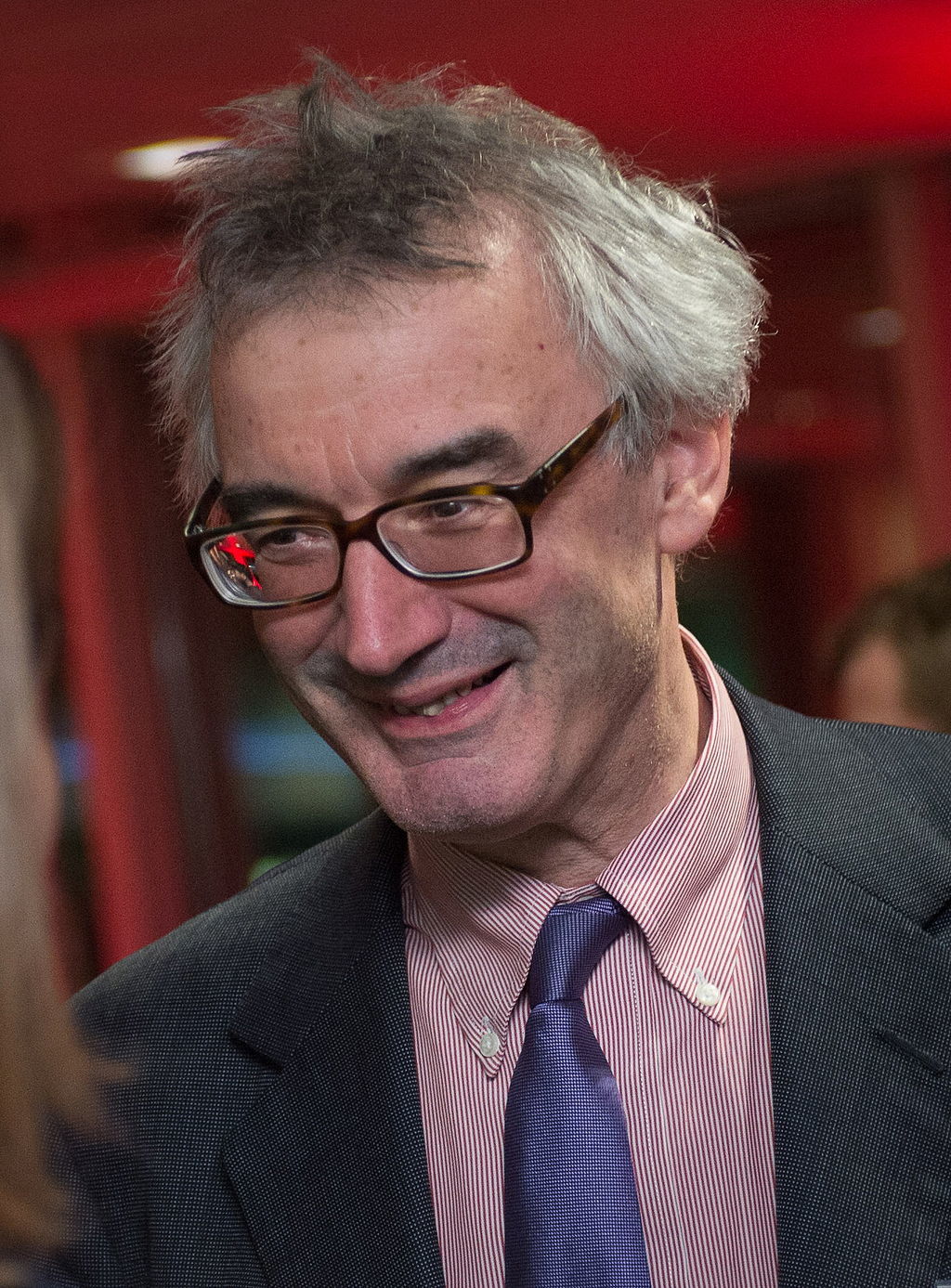The Treasury mandarin who became embroiled in a row over advice he published in the run-up to the Scottish independence referendum has announced he will step down.
Sir Nicholas Macpherson, who was appointed permanent secretary in 2005, will depart the role at the end of March.
He faced calls to resign from former first minister Alex Salmond last year after a report by MPs concluded the civil servant should not have made his advice opposing a currency union with an independent Scotland public during the campaign.
But he had previously defended the leak, arguing he acted “because I regarded it as my duty”.
After conducting a year-long inquiry, Westminster’s public administration select committee said the publication of the advice “compromised the perceived impartiality of one of the UK’s most senior civil servants”.
The report said it had only been made public “because it suited ministers’ political objectives in respect of the Scottish referendum”.
It also criticised the Scottish Government’s independence white paper – saying it did not “uphold the factual standards expected”.
Sir Nicholas joined the Treasury in 1985, acting as principal private secretary to chancellors Kenneth Clarke and Gordon Brown before being appointed to his most recent role.
His time as the Treasury’s most senior civil servant covered the credit crunch and financial crash of 2007-08 and the introduction of austerity measures to rein-in the national deficit under Chancellor George Osborne.
Sir Nicholas said it had been a privilege to lead the Treasury through an “extraordinary period”, but it was time to do something else while he still could.
He added: “With the fiscal strategy for this parliament set and the economic recovery well established, now is the right time to stand aside and for someone else to guide the Treasury through the challenges ahead.”
Mr Osborne hailed him “one of the outstanding public servants of his generation”.
He also praised his “intelligent, candid and discreet” advice during “the most difficult decade of modern economic policy-making”.
The Treasury said the process for selecting his successor would be announced “in due course”.
